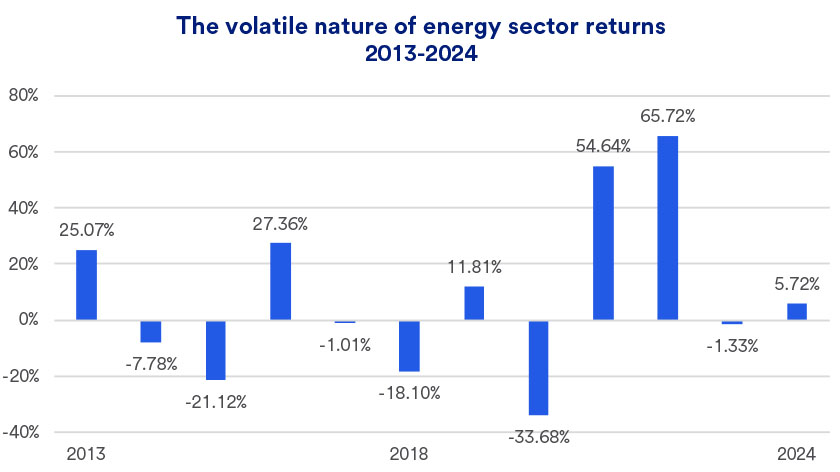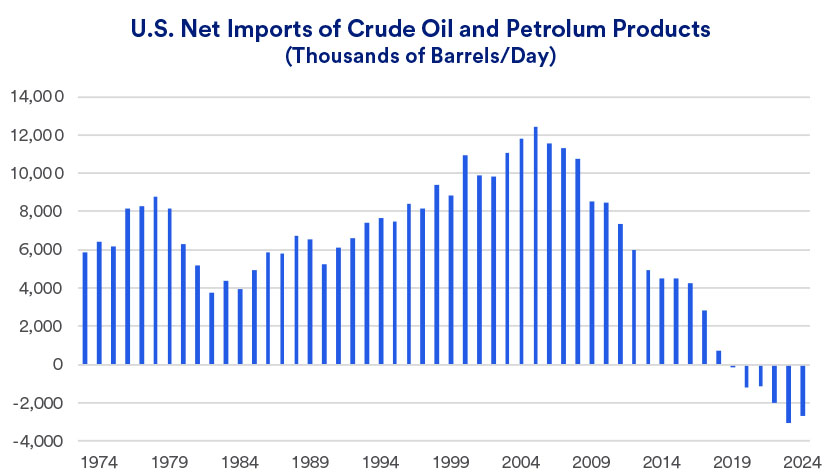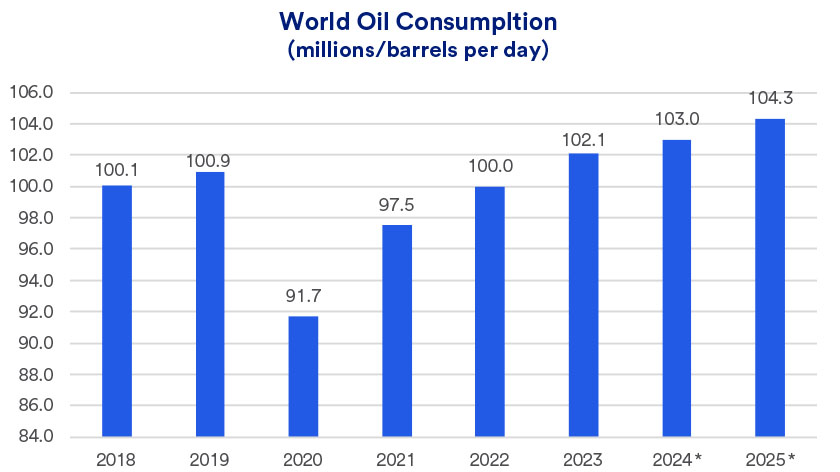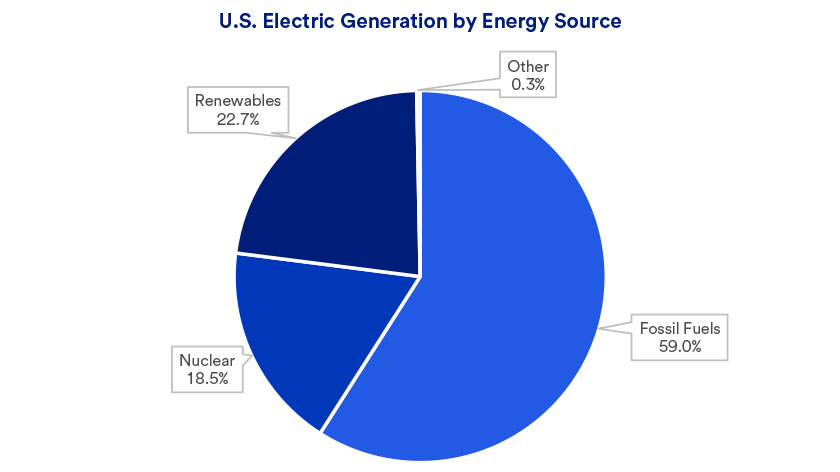“Alternatives like wind and solar are not a factor in the S&P 500 Energy Index to this point,” says Haworth. “In some cases, they may be represented in other sectors of the market, such as utilities or information technology.”
Investment considerations in today’s energy market
Investments in the energy sector today are primarily directed toward more traditional companies that participate in industries like oil and natural gas. “The demand for fossil fuels is not going away in the near term,” says Haworth. He emphasizes that opportunities are available even in a market featuring more stable prices. “Many exploration and production companies have productive oil wells and should be able to generate solid profit margins,” says Haworth. “Since these companies tend to return capital to shareholders in the form of dividend payouts, their stocks represent an opportunity for income-orientated investors.”
Other opportunities can be found among so-called midstream energy companies that transport crude oil or refined petroleum products. “This sector is less dependent on energy prices than on the flow of oil, and volume moving through these facilities remains high,” says Haworth. Midstream companies tend to pay attractive dividends. However, the investment process can be more complex as it sometimes requires investments in limited partnerships. Partnerships issue K-1 forms to investors for tax reporting purposes, which can complicate an investor's tax filing process.
Consider consulting with your financial professional to determine whether targeted investments in the energy sector can help you meet your long-term financial goals.







